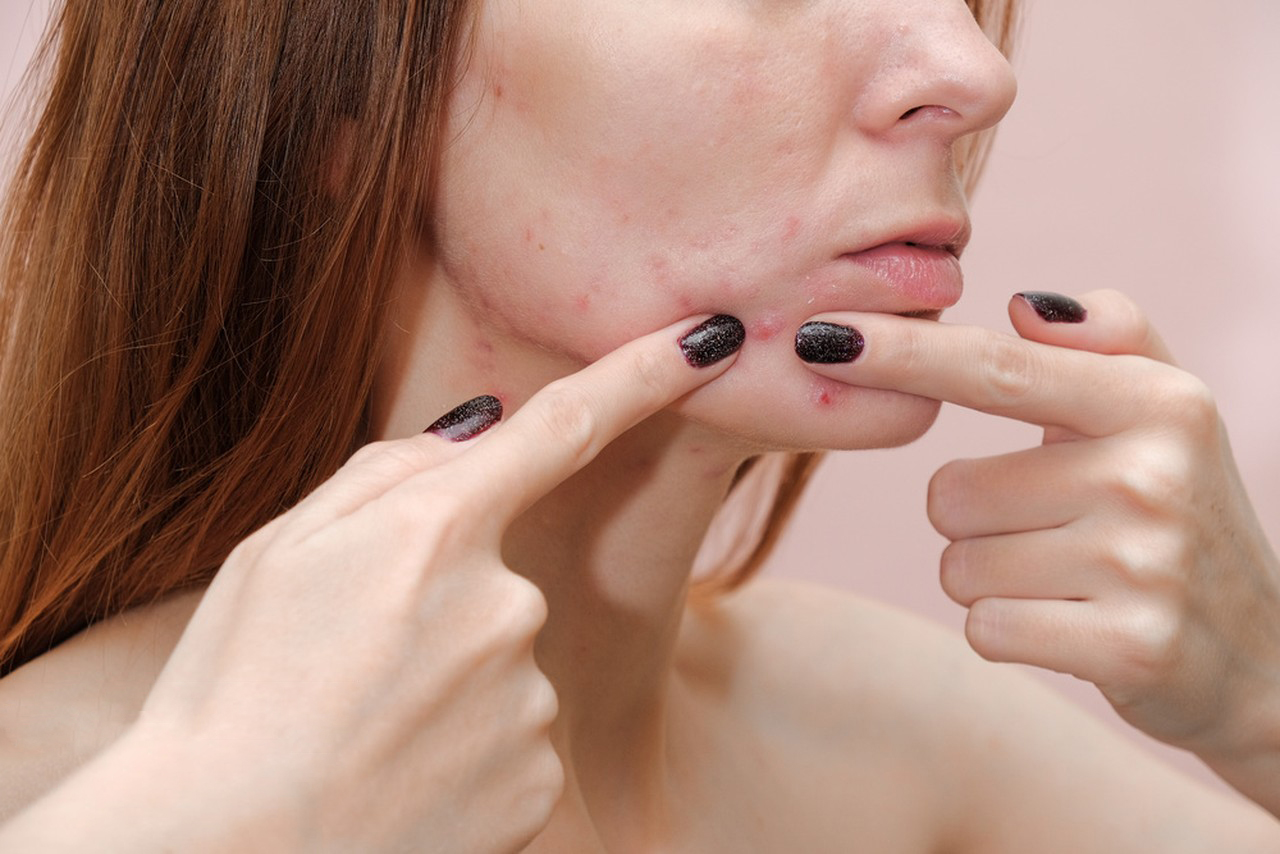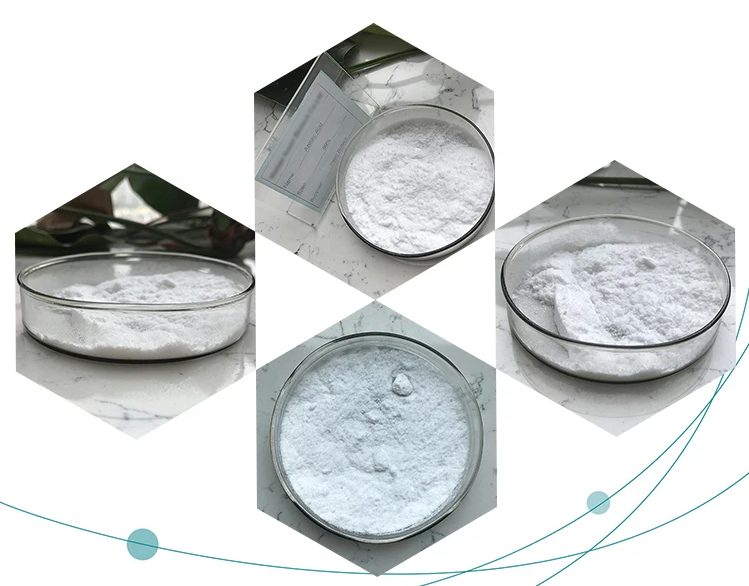Azelaic acid is a versatile skincare ingredient known for its anti-inflammatory and antibacterial properties, making it effective for acne, rosacea, and hyperpigmentation. Here’s how to use it properly:
1.Choose the Right Formulation: Azelaic acid is available in various forms, such as creams, gels, and foams. Select one that suits your skin type.
2.Patch Test: Before using a new product, perform a patch test on a small area of skin to check for any adverse reactions.
3.Cleanse Your Skin: Start with a gentle cleanser to remove dirt and impurities. Pat your skin dry before applying any treatments.
4.Application:
- Apply a small amount (usually a pea-sized amount) to the affected areas of your face.
- Gently massage it in, avoiding the eye area.
5.Frequency: Start using it once a day (preferably at night) to see how your skin reacts. You can gradually increase to twice daily if your skin tolerates it well.

6.Moisturize: Follow up with a moisturizer to help maintain hydration and reduce potential irritation.
7.Sun Protection: Azelaic acid can increase skin sensitivity to the sun. Always apply sunscreen during the day when using azelaic acid, especially if using it in the morning.
8.Be Consistent: Like most active ingredients, consistency is key. It may take several weeks to see noticeable results.
9.Consult a Professional: If you’re unsure about incorporating azelaic acid into your routine or if you have specific skin concerns, consider consulting a dermatologist.
Always read product instructions for any specific recommendations related to the formulation you’re using.
Synthesis method of Azelaic Acid
Azelaic acid is a dicarboxylic acid commonly synthesized through several methods. Here are a couple of common synthesis routes:
1.From Unsaturated Fatty Acids:
- Oxidation of Oleic Acid: Oleic acid can be oxidized to yield azelaic acid. This process often involves the ozonolysis of oleic acid or its derivatives, which can break the double bond and lead to the formation of dicarboxylic acids, including azelaic acid.
2.From Dicarboxylic Acids:
- Decarboxylation of Sebacic Acid: Sebacic acid (a dicarboxylic acid) can be subjected to certain reaction conditions that may lead to the formation of azelaic acid through rearrangement or decarboxylation processes.

3.From Malonic Acid:
- Malonic Ester Synthesis: Azelaic acid can also be synthesized via a malonic ester synthesis followed by hydrolysis and decarboxylation.
4.Electrochemical Oxidation:
- Recent methods have explored the electrochemical oxidation of various precursors to yield azelaic acid, providing a more environmentally friendly approach.
Each of these methods can vary in terms of yield, reaction conditions, and environmental impact. The choice of method often depends on the available starting materials and desired purity of the final product.
